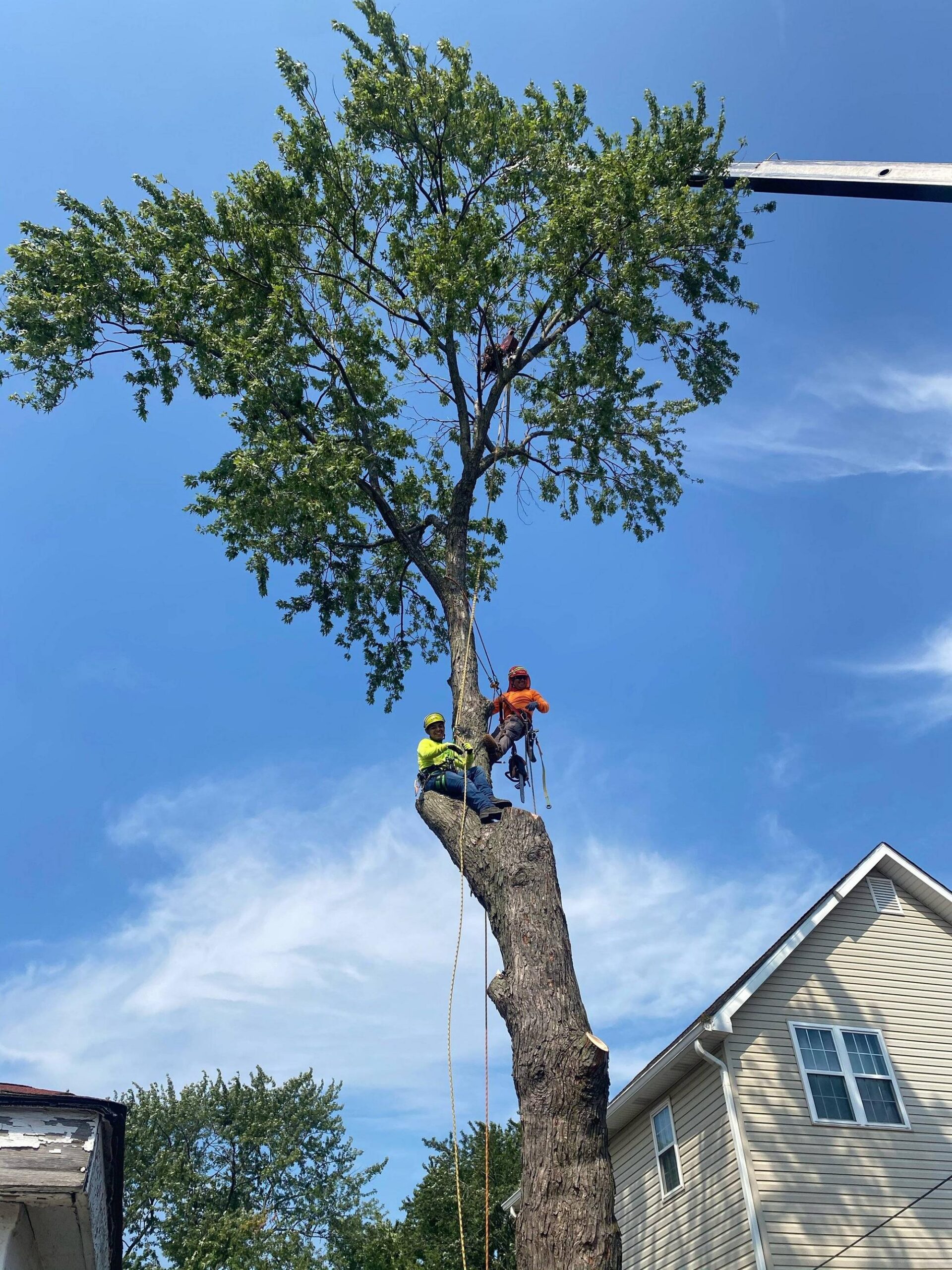[ad_1]
If you need to remove a large tree, there are several methods that can be used to make the job go more smoothly. One method is to cut the tree down in one piece. This is accomplished by cutting the trunk in the direction that it will fall. Once it is down, the tree will be cut up into small pieces. However, this technique is not an option for trees that are too close to power lines or buildings. In these cases, a tree removal contractor may scale the tree and cut individual branches, and secure them with ropes. A typical tree removal will leave a low stump.
Tree removal on private property in New York City
New York City does not generally have restrictions on tree removal, and residents who wish to cut down a tree on their private property do not need a permit. According to the United States Forest Service, about half of the trees in New York City are on private property. The rest are located in cemeteries or college campuses.
However, some areas are more strict than others. If you plan to cut down a tree in an environmentally sensitive area, you will have to apply for a permit from the Department of Parks and Recreation. This will allow you to perform certain types of work, including driveway installation, holiday lights, and tree removal. Additionally, you may need to submit additional documents or modify your work plan in order to get a permit.
Tree removal on private property in Boise
If a tree falls on a private property, it is your responsibility to get it removed safely. Boise is a beautiful city, and the city is working to make itself a “City of Trees” by 2050. Unlike many cities, Boise does not require permits to remove trees on private property. However, there are rules and regulations that apply to trees on public land, including those that are dead, dying, or hazardous.
The city has recently updated its website with information about tree removal and made a video to educate citizens. It has also sent letters to tree removal companies and homeowners in historic districts, and is looking into improving enforcement. While preservation advocates applaud Boise’s efforts, they remain concerned about recent damage to historic neighborhoods.
Tree removal on private property in Vermont
Vermont is a plant hardiness zone four, meaning that trees with poor health may be hazardous and may require tree removal. Fortunately, landowners can usually do it themselves without a permit. The only exception is when a tree is too close to a home. However, if you have a tree that is dead or dying, you should contact the city tree board for a tree removal permit.
If you plan to remove a tree on your own property, you should check with your insurance provider to see if they will cover tree removal. While most policies do cover tree removal during a storm, they will not cover trees that are overgrown or neglected. Some policies cover invasive species, but this will depend on your policy.
Tree removal on private property in St. Louis
There are a variety of rules and regulations regarding the removal of trees from private property in St. Louis. You can learn more about these rules from the Registrar’s Office of City Hall. In general, you must obtain approval before removing trees from your property. If the tree is significant or close to a building structure, it will have to be replaced. In addition, you will need to submit a site plan and tree protection plan. Also, you must install an orange safety fence around the drip line border of the tree.
The cost of tree removal will vary. The size of the tree, its location on the property, and the difficulty of access will all affect the price. You should check with a local tree service in St. Louis for specific rates. While the average cost of tree removal in St. Louis is $644, that figure is lower than the national average of $871. In some cases, you may also need a permit, especially if the tree is an invasive species. If you are unsure of whether you need a permit, be sure to read the City of St. Louis’s tree ordinances.
Tree removal on private property in Philadelphia
Philadelphia has no regulations on tree removal on private property. If a tree is on public property, a permit is required. However, it is not necessary to obtain a permit for trees that are smaller than five inches in diameter. Keep in mind that these ordinances change over time, so it is important to contact the city for the most up-to-date regulations.
Philadelphia’s tree canopy is mostly located on residential and wooded land, which by definition has trees. But Philadelphia’s zoning code does not protect trees on residential properties, and it exempts lots with a single-family or two-family use from heritage tree protections. However, some of these rules do not apply to lots with other uses, such as parks and open space or urban agriculture.
[ad_2]
